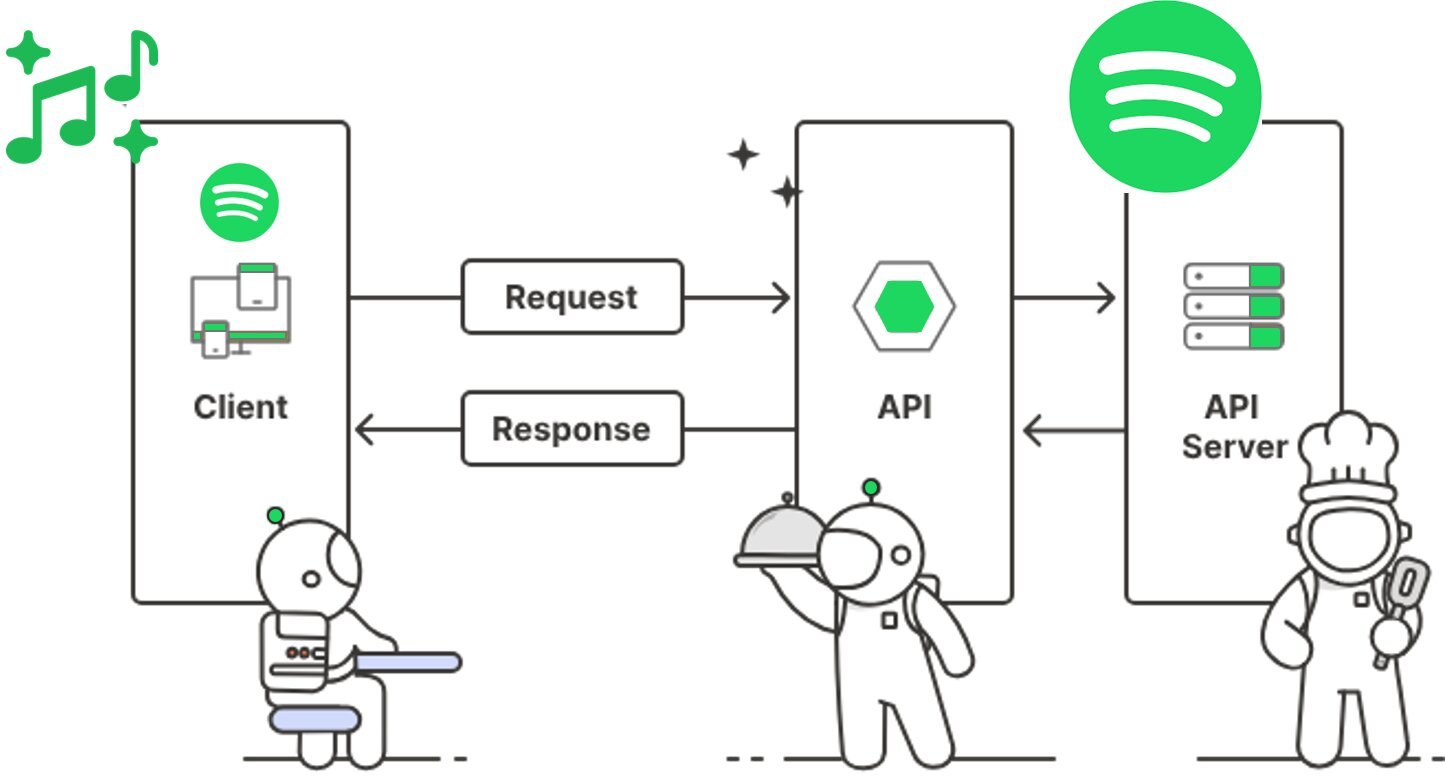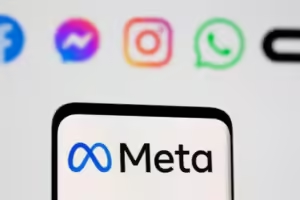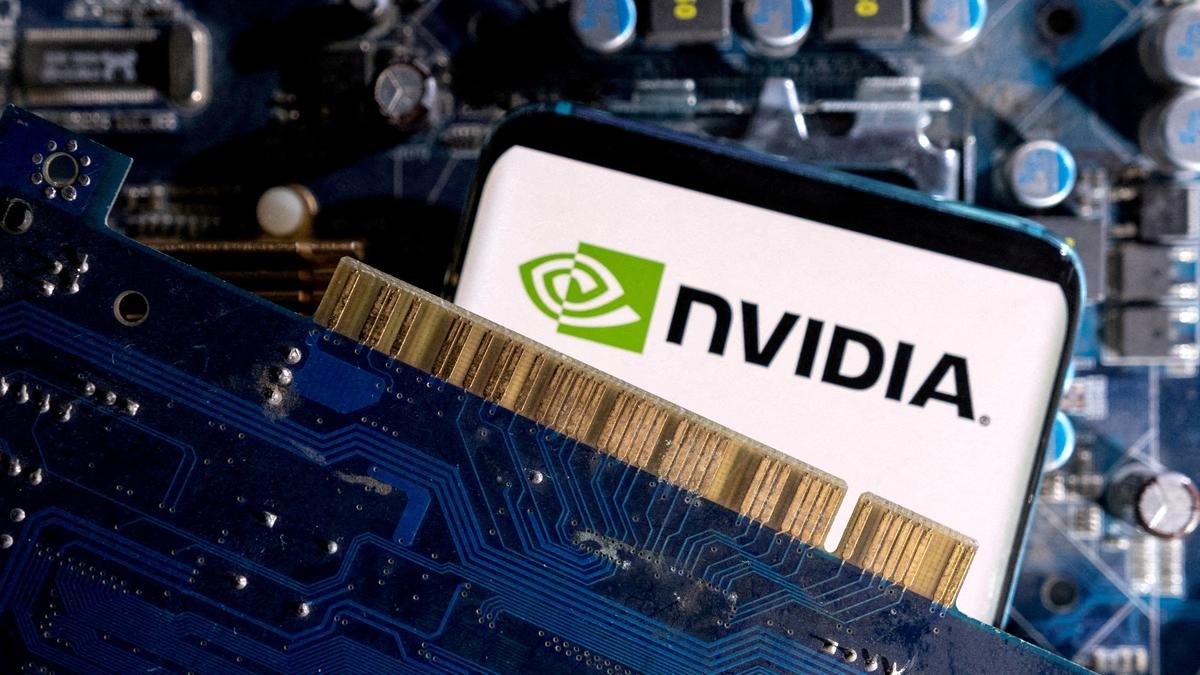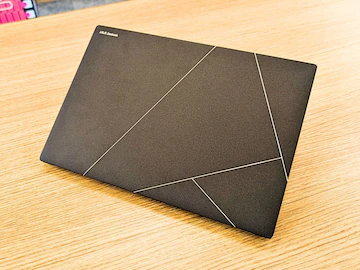More of the same: Why I am no longer excited about smartphones
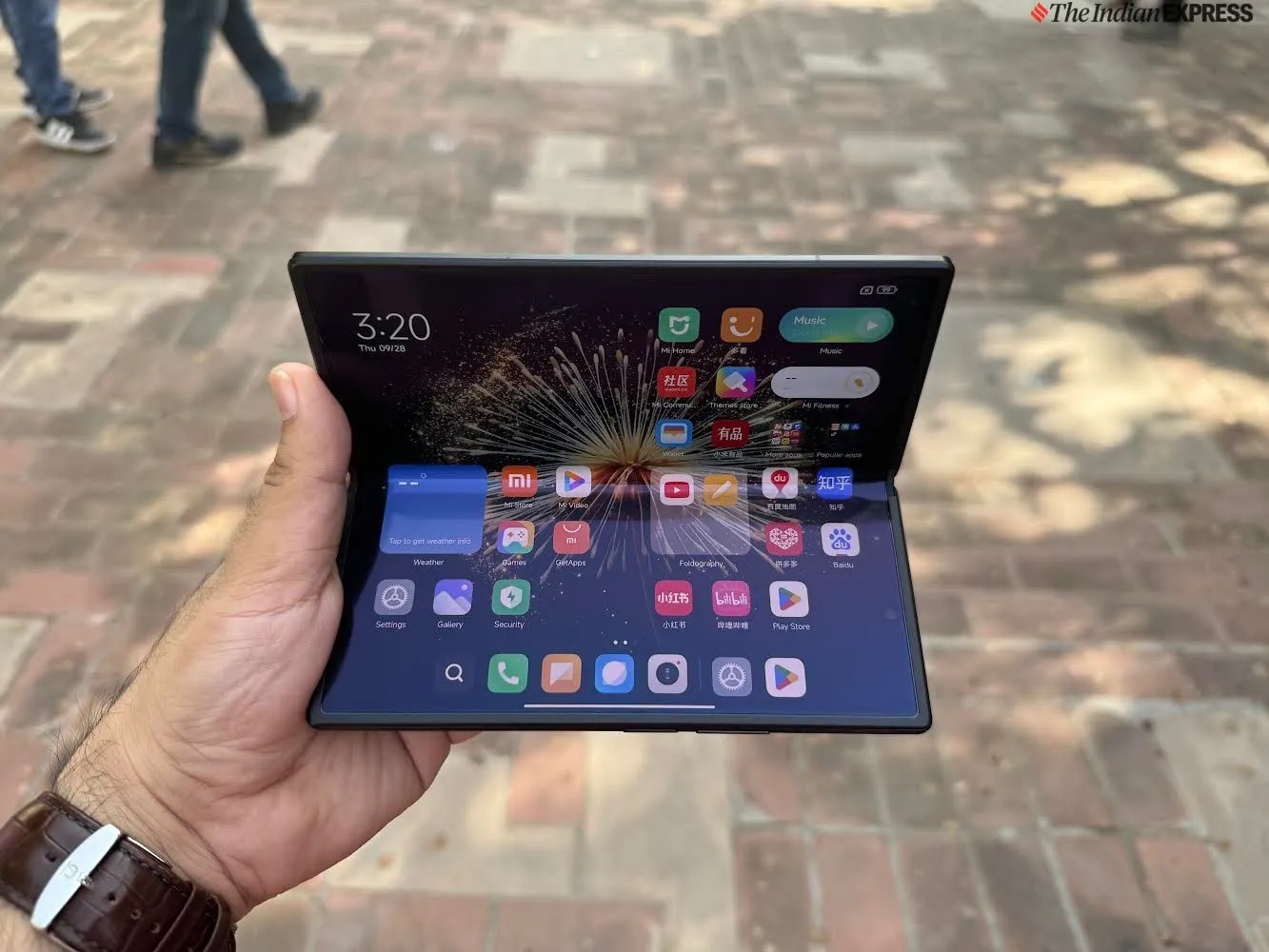
The smartphone industry is currently grappling with a significant challenge that Artificial Intelligence does not address: the shortage of viable alternatives to smartphones and the increasing trend of individuals holding onto their devices for extended periods.
It’s been years since the buzz surrounding smartphones faded, prompting us to highlight the stagnant innovation among brands. (Image credit: Anuj Bhatia/Indian Express)
I slipped into a nearby Mother Dairy store while waiting for a friend and requested a chilled beverage. The shopkeeper inquired about my preference, to which I replied, “Anything cold will do.” The smartphone industry mirrors the fizzy drink market in a way: the excitement and innovation seem to be dwindling, blurring the lines between opting for a top-tier phone or settling for a mid-range device.
Throughout my extensive ten-year journey navigating the realm of technology, I’ve been granted the privilege of early access to cutting-edge devices, engaging with key industry leaders molding the mobile landscape, witnessing the downfall of industry behemoths, and monitoring the ever-shifting tech terrain, all while closely observing the evolving preferences of readers. I’ve marveled at the emergence of tech influencers and YouTubers, tracked the explosive growth of smartphones, observed the market penetration of Chinese smartphone brands in India, and noted the seamless transition from 3G to the dawn of 5G. My scrutiny extended to the inception of the “Make in India” initiative for manufacturing and the establishment of a thriving digital payments ecosystem within the country. However, in the current era of a mature and sturdy mobile ecosystem, the smartphone sector appears to be stagnating, grappling with innovation stagnation as brands persist in cultivating a fear of missing out (FOMO) among consumers—particularly in regions where owning an iPhone or a premium smartphone is synonymous with elevated status, despite waning allure in more affluent societies.
Consumer behavior towards smartphone purchases has shifted, with sales maintaining stability rather than experiencing the exponential growth seen in the past. While India stands out as a promising market, it does not wield the same influence on global trends as the US and Europe, lacking brands of Apple and Google’s magnitude. The Indian smartphone market remains robust; however, on a global scale, sales have softened due to an increasing trend of consumers holding onto their devices for extended periods, sometimes up to 3 to 4 years or more. This pattern signifies that the general public no longer feels compelled to upgrade their smartphones annually, opting to utilize their current devices until they become obsolete. Although the industry recognizes this evolving landscape, it’s unlikely that smartphones will abruptly become obsolete. The allure of owning a new smartphone, and for some, the thrill of reviewing a fresh device, has somewhat diminished compared to the enthusiasm witnessed half a decade ago.
